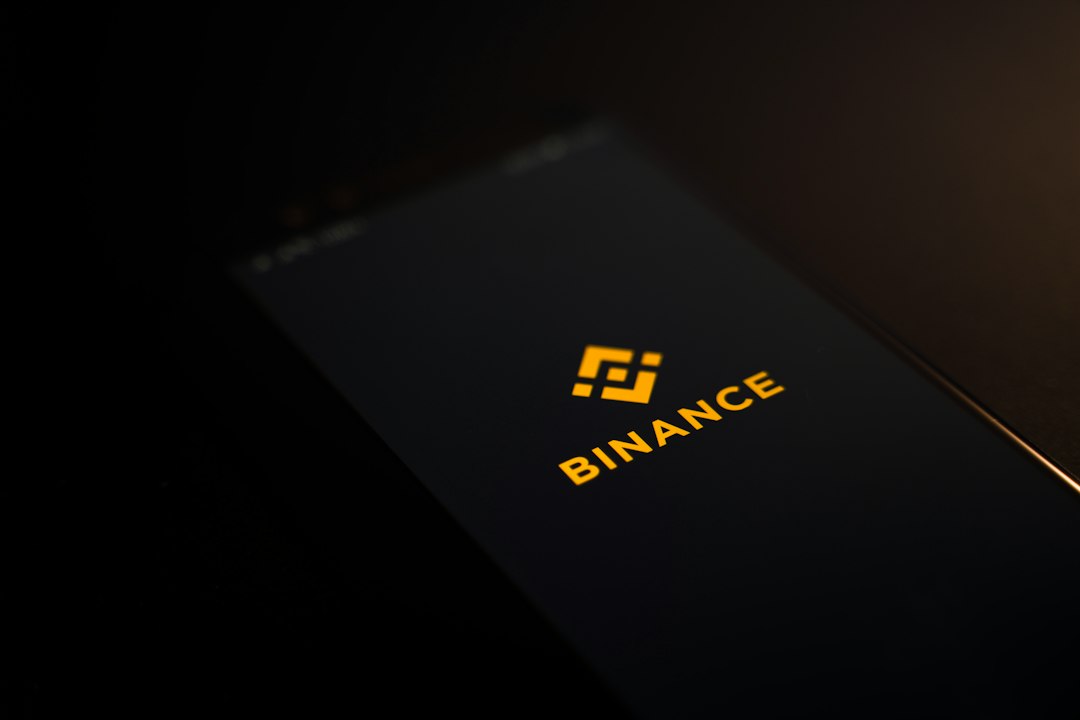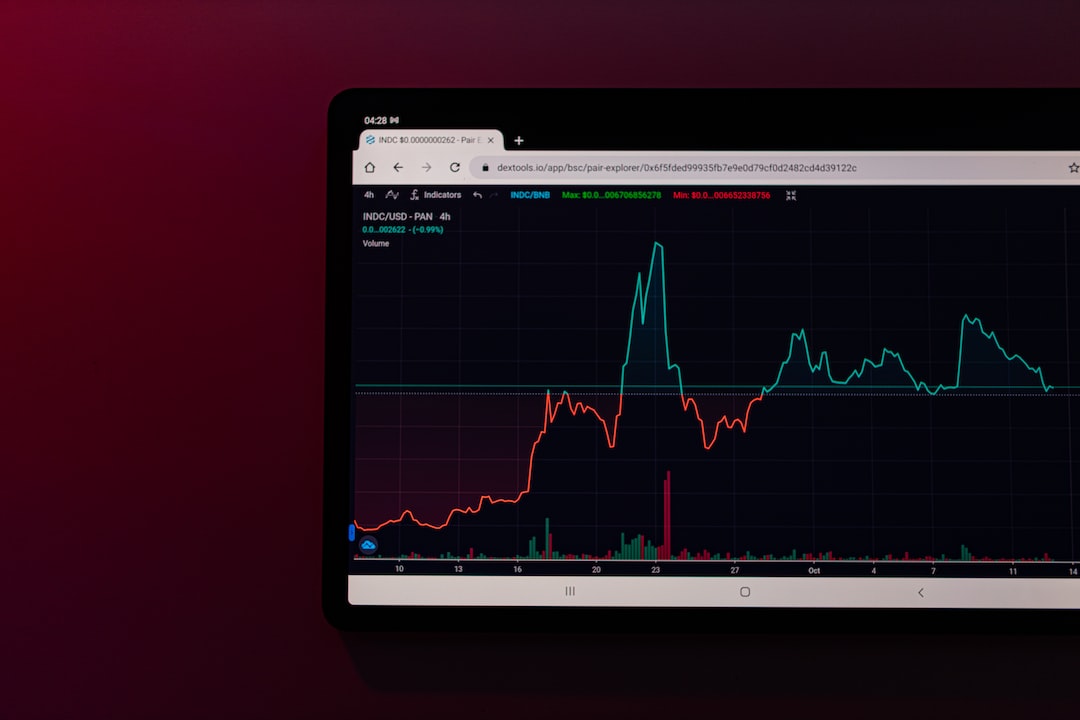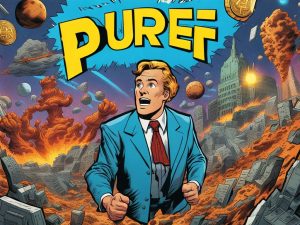A Game-Changing Move
The Federal Reserve has released a groundbreaking report on asset tokenization and risk-weighted assets (RWA) in the financial sector. This new method of trading assets is expected to reach a market capitalization of $1.5 trillion by 2030. Tokenization offers benefits such as reduced investment thresholds, improved liquidity, and the promotion of lending. Companies like Citibank, JP Morgan, and Northern Trust have already entered the market, with other major players like BlackRock, Google, and Visa exploring its potential.
Key Benefits of Tokenization
While tokenization currently holds a small share in the market, the report suggests that it is poised for significant growth. It allows the general public to access challenging markets and enhances market liquidity. However, the paper also highlights the risks associated with tokenization, particularly in terms of financial stability.
Report Also Highlighted the Pain Points?
The Federal Reserve is concerned about the connections between tokenized assets and traditional financial systems. These links could potentially lead to financial turbulence and lack of transparency. The issuers of digital tokens need to provide clearer explanations regarding their connection to real-world counterparts.
Citibank Tokenization Project is Warming Too
Citibank is testing a system that transforms customer deposits into digital tokens using blockchain technology. This project aims to provide seamless transaction banking services to institutional clients. The entry of the Federal Reserve into tokenization signifies a changing tide in finance and a recognition that the industry is evolving rapidly.
Hot Take: The Future of Tokenization
With the Federal Reserve actively exploring and acknowledging tokenization, it’s clear that this technology has the potential to revolutionize finance. However, there are also concerns about its risks and impact on financial stability. Robust regulation and oversight are necessary to mitigate these risks. Only time will tell if tokenization becomes a game-changer or a ticking time bomb, but the involvement of the Federal Reserve adds an interesting dynamic to its future.





 By
By
 By
By
 By
By
 By
By
 By
By
 By
By